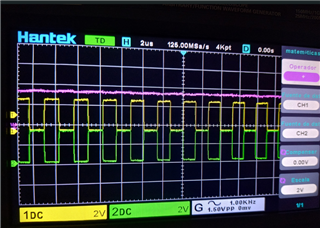Other Parts Discussed in Thread: PCM1808
Tool/software:
Best regards, I'm using the tas5548 evaluation board, but I'm getting noise at the output, the master volume is set to +17.75db, but in the datasheet 7.4.17 THD manager session they mention about the pre and post, if I disable them it generates a lot of noise at maximum volume, but if I adjust the post to -36db it decreases the noise, but the volume of output decreases, I hope for your help.


